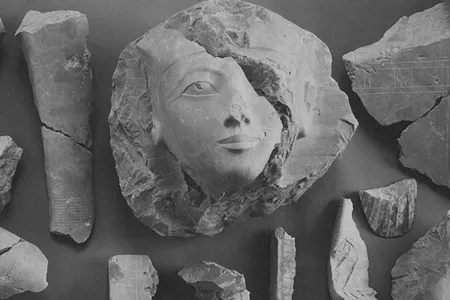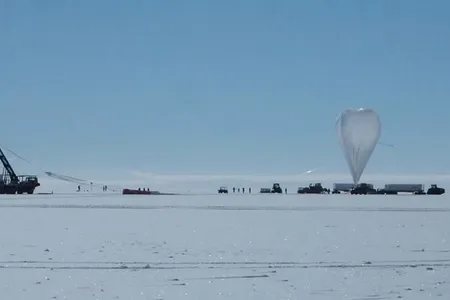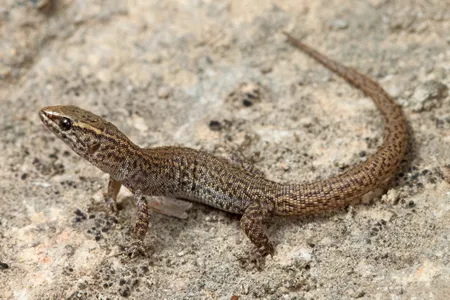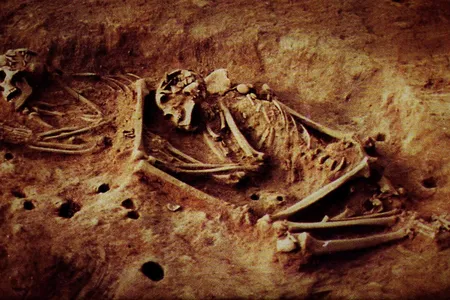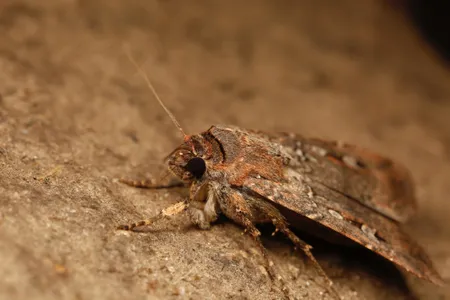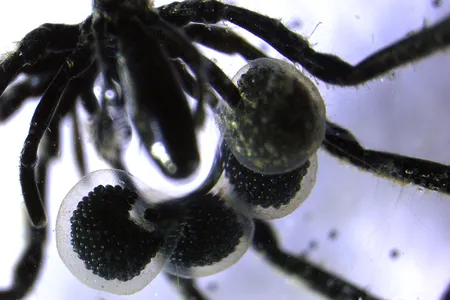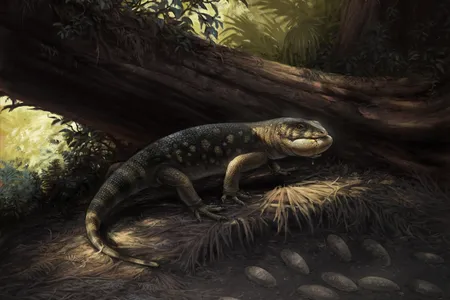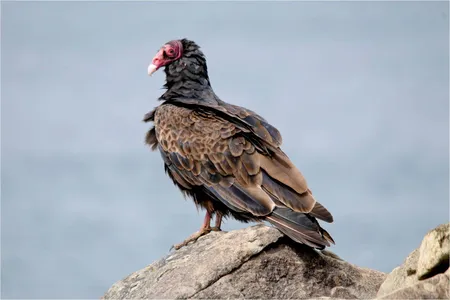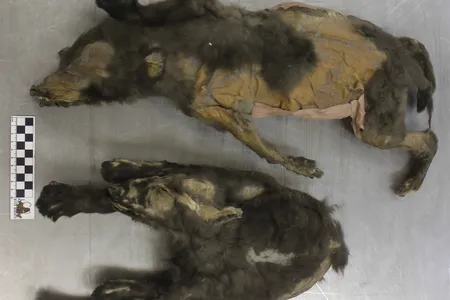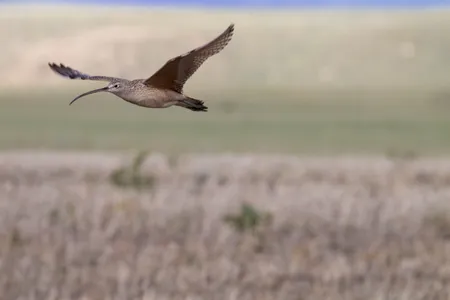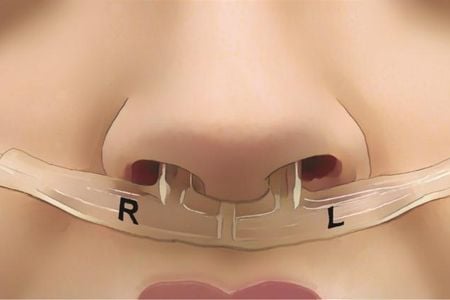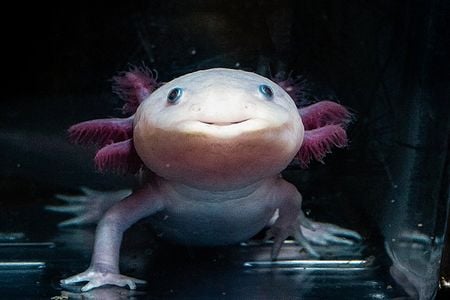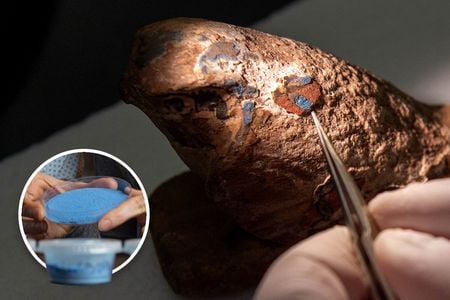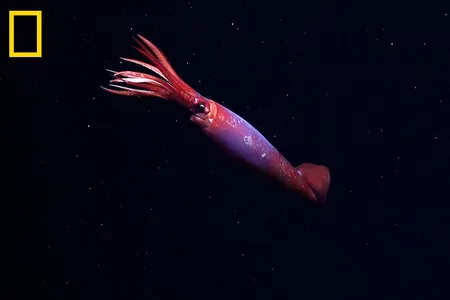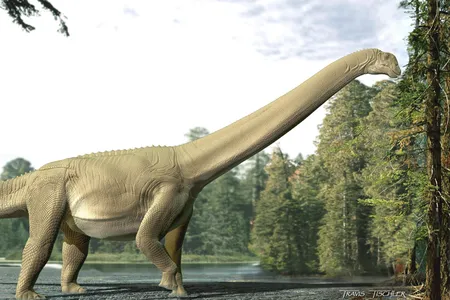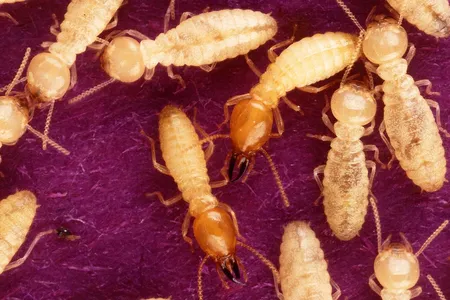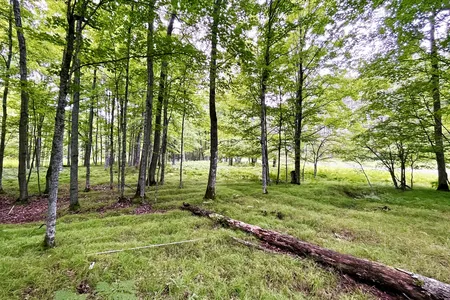Why Were Ancient Statues of This Egyptian Female Pharaoh Destroyed?
Shattered depictions of Hatshepsut have long thought to be products of her successor’s violent hatred towards her, but a new study presents a different narrative
Mysterious Radio Pulses Found in Antarctica Seem to Defy Physics, and Researchers Are Trying to Trace Their Origins
Strange signals detected by a NASA instrument more than a decade ago have continued to confound scientists, but a new paper rules out cosmic neutrinos as a source
These Lizards Mysteriously Survived the Asteroid Strike That Killed the Dinosaurs—and Their Descendants Are Still Alive Today
Small and elusive night lizards probably persisted because they have slow metabolisms and like to hide out in rock crevices, a new study suggests
Ancient DNA Reveals Mysterious New Group of Humans in Colombia With No Genetic Ties to People Today
The previously undocumented lineage of hunter-gatherers seems to have disappeared around 2,000 years ago
Doctors Detected a Mysterious Antibody in a French Woman’s Body. It Turned Out to Be a Brand New Blood Type
Called “Gwada negative,” it marks the discovery of the 48th known blood group system in humans
Iconic ‘Dragon Man’ Skull Offers First Glimpse of What a Denisovan’s Face Looked Like, New Genetic Studies Suggest
The mysterious ancient humans were only known from fossil fragments. Now, two papers argue a skull uncovered in China belongs to this group, after examining preserved DNA and proteins
Stunning New Image of the Sculptor Galaxy Captures the Cosmic Landscape in Thousands of Colors
The galaxy sits in a sweet spot that allows astronomers to study it in ways that can’t be applied to even our own Milky Way
Australian Moths Are the First Known Insects to Navigate by the Stars, Revealing a Migratory Superpower
Bogong moths use both Earth’s magnetic field and the starry night sky to make twice-yearly migrations spanning hundreds of miles, according to new research
Scientists Discover First Known Sea Spider Species That ‘Eat’ Methane With the Help of Bacteria
The research offers new insights on interactions between creatures on the mysterious seafloor and sheds light on the methane cycle
A Jar of Fossil Bones Long Stored at a Museum Led Scientists to Discover a Goblin-Like Lizard From 76 Million Years Ago
Fossils described in a new study speak to a previously unknown large-bodied lizard diversity that existed alongside dinosaurs
Scavenger Animals Are in Trouble, and That Could Spell Bad News for Human Health
More than one-third of species that eat some amount of carrion are threatened or declining, a new analysis finds, and that could lead to a rise in zoonotic diseases
14,000-Year-Old ‘Puppies’ Found in Siberia Were Wolf Littermates Who Dined on Woolly Rhino
Researchers studied chemicals found in the animals’ bones, teeth and tissues, as well as genetic material from their stomach contents
Nesting Birds Eavesdrop on Prairie Dog Alarm Calls to Keep Their Eggs Safe From Grassland Predators
New research suggests long-billed curlews keep an ear out for warnings from prairie dogs in order to hide from predators and protect their nests
The Way You Breathe Is Unique to You, Like a Fingerprint, New Study Suggests
Researchers could identify people with almost 97 percent accuracy based on 24 hours of their recorded breathing patterns, and they also found links to a person’s mental and physical condition
Axolotls May Hold the Key to Regrowing Limbs, and Scientists Are Unraveling Their Secrets to Help Humans Do the Same
With the help of gene-edited axolotls, researchers have gotten one step closer to enabling human limb regeneration
Archaeologists Are Recreating the Long-Lost Recipe for Egyptian Blue, the World’s Oldest Known Synthetic Pigment
Created 5,000 years ago, the mysterious color has been found on artworks and artifacts throughout the ancient world. But the pigment’s recipe was eventually lost to history
Scientists Had Never Seen This Mysterious Squid Alive in the Wild—Until Now. See the First Footage of the Elusive Creature
A three-foot-long Antarctic gonate squid was spotted swimming 7,000 feet below the surface of the Southern Ocean
First Fossil Evidence That Sauropods Were Herbivores Supports a Widespread Assumption About the Long-Necked Dinosaurs
A recent discovery of a dinosaur’s preserved gut contents offers the first direct proof that sauropods were plant-eaters
Two Invasive Termites Are Interbreeding in Florida, Raising Concerns That the Hybrid Pests Could Spread Around the World
Previous research found that Asian and Formosan termites could produce offspring together, and now, scientists have found these creatures established in the wild
Massive Fields Where Native American Farmers Grew Corn, Beans and Squash 1,000 Years Ago Discovered in Michigan
The ancestors of the Menominee Indian Tribe of Wisconsin built earthen mounds to grow crops. The site could be the largest preserved archaeological field system in the eastern United States
Page 3 of 271
